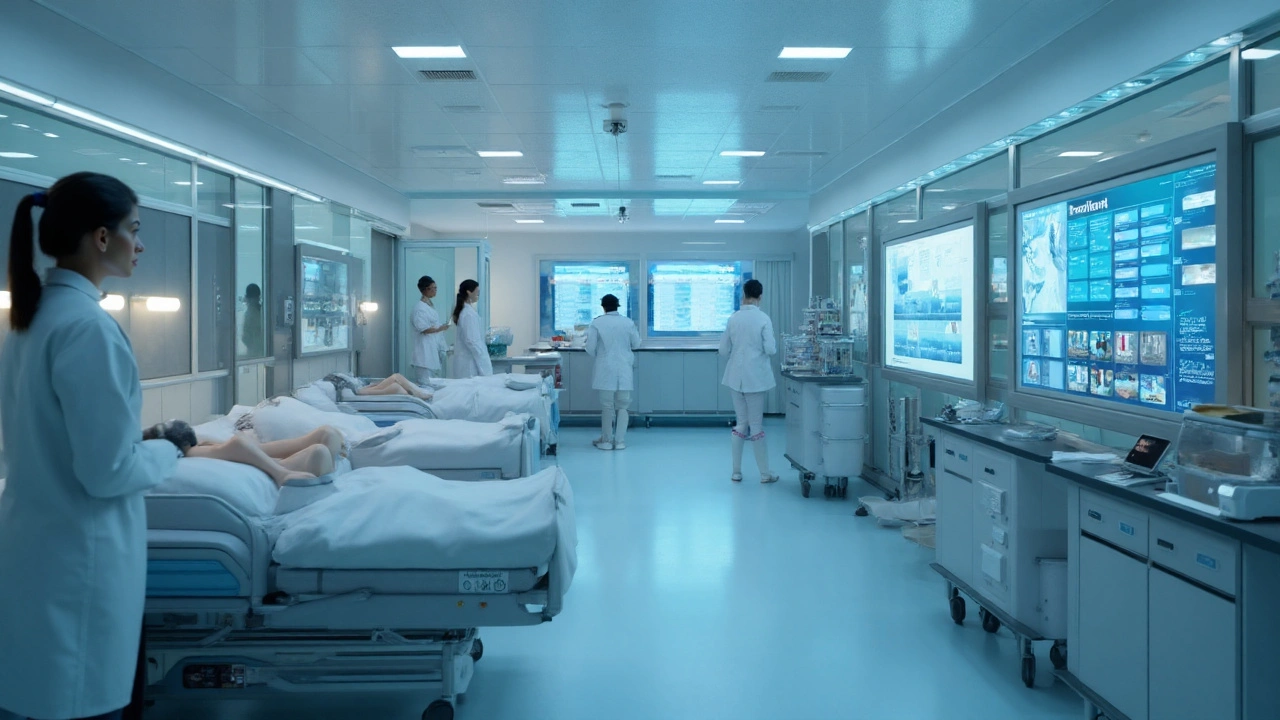Clinical Simulations – Hands‑On Learning for Health Careers
Ever wondered how doctors, nurses, or therapists get practice before they ever see a real patient? That’s where clinical simulations step in. A simulation is a controlled, realistic scenario that lets students work on skills, decision‑making, and teamwork without risking anyone’s health.
Most schools use high‑tech mannequins that can breathe, bleed, and talk, but you’ll also find actors playing patients, virtual reality (VR) worlds, and simple task trainers for suturing or IV placement. Whatever the format, the goal stays the same: turn theory into action.
Why Clinical Simulations Matter
First, they build confidence. When you practice a code blue on a mannequin, you learn the exact steps, timing, and communication style. The next time you face a real emergency, those muscle memories kick in, and you’re less likely to freeze.
Second, simulations improve patient safety. Mistakes made in a lab become learning moments, not tragic outcomes. Studies show hospitals that use simulation training see fewer medication errors and better teamwork scores.
Third, they let you try out new technology. From VR anatomy tours to AI‑driven patient monitors, you get a sneak peek at tools that will shape future practice. This exposure can guide your career choices and keep you ahead of the curve.
Getting the Most Out of Your Simulation Sessions
Come prepared. Review the case brief, know the equipment, and set personal goals—maybe you want to perfect your airway management or learn to delegate tasks efficiently.
During the scenario, treat it as real. Speak clearly, ask questions, and document what you do. The more you act like a professional, the richer the feedback will be.
After the session, debrief is key. Listen to instructors, watch playback videos, and note what went well and what needs work. Write down three takeaways and plan small steps to improve before the next simulation.
Finally, practice outside the lab. Many programs offer take‑home kits or online modules for basic skills. Even a quick ten‑minute review of a simulation video can reinforce learning.
Clinical simulations are more than a checkbox in a curriculum—they’re a bridge between classroom knowledge and bedside care. Embrace them, ask questions, and let each scenario sharpen your competence. Your future patients will thank you for the practice you put in today.
How Future Pharmacists Are Trained: Modern Pharmacy Education Trends
Posted by Anna Fenton on Sep, 20 2025

Explore how pharmacy education is evolving to prepare future pharmacists with clinical simulations, interprofessional learning, AI tools, and telepharmacy.
